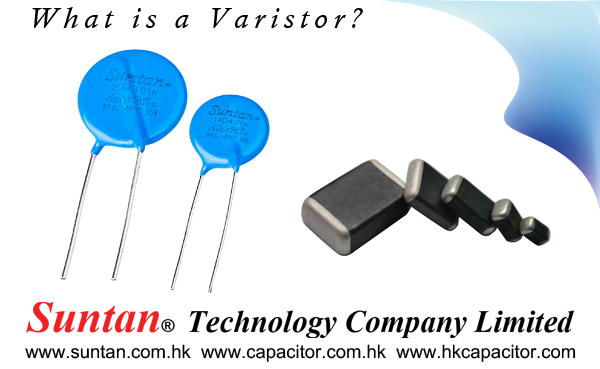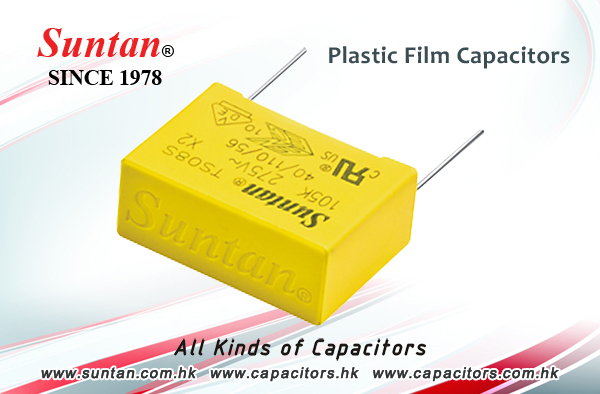Su Suntan What is a Varistor?
Suntan Technology Company Limited
---All kinds of Capacitors
A varistor is a type of resistor with a significantly non-ohmic current-voltage characteristic. The name is a portmanteau of variable resistor*, which is misleading since it is not continuously user-variable like a potentiometer or rheostat, and is not a resistor but in fact a capacitor. Varistors are often used to protect circuits against excessive voltage by acting as a spark gap.
The most common type of varistor is the metal oxide varistor, or MOV. This contains a mass of zinc oxide grains, in a matrix of other metal oxides, sandwiched between two metal plates (the electrodes). The boundary between each grain and its neighbour forms a diode junction, which allows current to flow in only one direction. The mass of randomly oriented grains is electrically equivalent to a network of back-to-back diode pairs, each pair in parallel with many other pairs. When a small or moderate voltage is applied across the electrodes, only a tiny current flows, causes by reverse leakage through the diode junctions. When a large voltage is applied, the diode junctions break down because of the avalanche effect, and a large current flows. The result of this behaviour is a highly nonlinear current-voltage characteristic, in which the MOV has a high resistance at low voltages and a low resistance at high voltages.
If the size of the transient pulse (often measured in joules) is too high, the device may melt, or otherwise be damaged. For example, a nearby lightning strike may permanently damage a varistor.
Important parameters for varistors are response time (how long it takes the varistor to break down), maximum current and a well-defined breakdown voltage. When used in communications lines (such as phone lines used for modems), high capacitance is undesirable since it absorbs high frequency signals, thereby reducing the available bandwidth of the line being protected.


